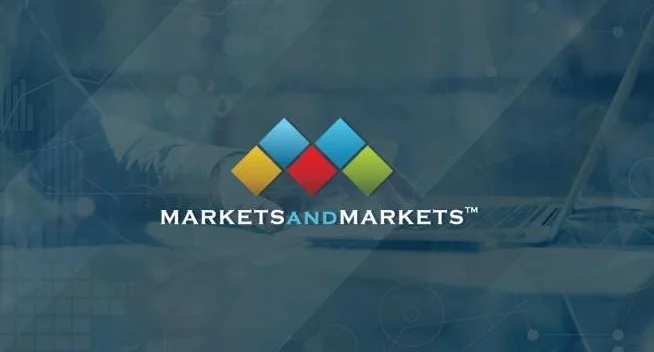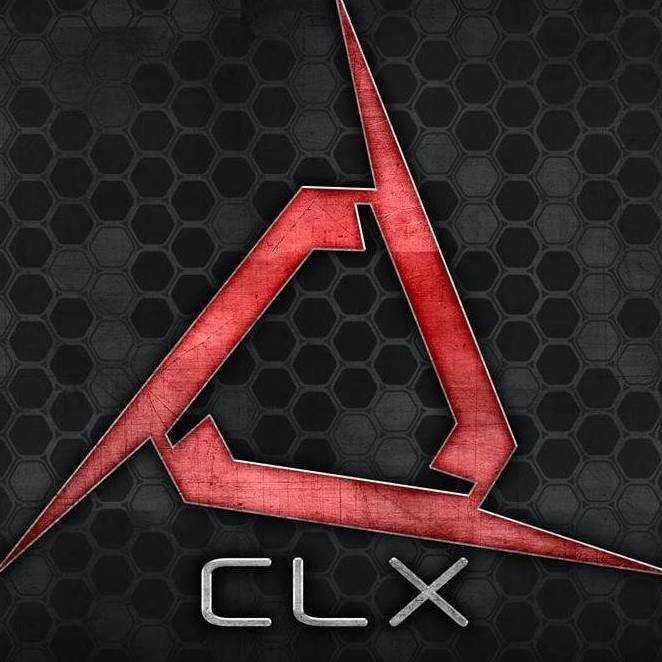The global cell culture market is witnessing strong growth, driven by the rising demand for advanced therapeutics, regenerative medicine, and innovations in bioprocessing technologies. Valued at US$27.92 billion in 2024, the market increased to US$29.76 billion in 2025 and is projected to grow at a CAGR of 11.2% between 2025 and 2030, reaching a valuation of US$50.69 billion by 2030.
This rapid expansion highlights the growing reliance on cell-based systems for drug discovery, vaccine production, and regenerative medicine. The adoption of single-use technologies, coupled with the rising demand for monoclonal antibodies (mAbs) and biosimilars, is accelerating the usage of mammalian cell lines and cell culture products.
Global Forecast and Key Opportunities to 2030
The cell culture market outlook to 2030 presents attractive opportunities for both established and emerging players. Growth is supported by advancements in 2D and 3D cell culture technologies, increasing prevalence of chronic and infectious diseases, and rising government and private funding for cell-based research.
- Asia Pacific is projected to grow at the highest CAGR during the forecast period. This growth is driven by demand for monoclonal antibodies, increasing incidence of infectious diseases, and focus on regenerative medicine.
- North America dominated the market in 2024, fueled by strong R&D investments, robust healthcare infrastructure, and the presence of leading biotechnology companies.
- Europe continues to benefit from established biopharmaceutical research hubs and increasing adoption of cell-based therapies.
Cell Culture Market Dynamics
Driver: Increasing Funding for Cell-Based Research
Global funding and collaborations are fueling breakthroughs in stem cell research, regenerative medicine, and cell therapy. For instance, in January 2021, CellVovant, a biotech firm linked with the University of Bristol, secured USD 9.55 million seed funding to advance stem cell therapies. Research funding from organizations such as the European Research Council and Ovarian Cancer Research Alliance further supports innovation in cell-based treatments for cancer, cardiovascular, and neurological disorders.
Restraint: High Cost of Cell Biology Research
Cutting-edge cell biology research demands expensive reagents, equipment, and compliance with stringent regulatory standards. High costs limit the adoption of large-scale cell culture technologies, particularly among academic institutes and smaller biopharmaceutical companies. This remains a significant barrier to broader market adoption.
Opportunity: Growth in Emerging Economies
Countries such as India, China, and Brazil are becoming attractive markets for cell culture products. Their expanding biopharmaceutical sectors, government support, and cost-effective manufacturing capabilities create strong opportunities for global players. Moreover, outsourcing of drug development activities to these regions is accelerating demand.
Challenge: Disposal of Plastic Consumables
While single-use technologies in cell culture reduce costs and increase efficiency, they contribute significantly to plastic waste. The environmental impact of disposable consumables remains a pressing concern for the industry, potentially influencing sustainability strategies and adoption rates.
Regional Insights
- North America: Largest market share in 2024 due to advanced R&D infrastructure and growing adoption of cell-based therapies.
- Europe: Strong focus on biosimilars, cell therapy research, and biopharma manufacturing.
- Asia Pacific: Fastest-growing market, with expanding biotech clusters, rising healthcare investments, and increasing outsourcing activities.
- Latin America, Middle East & Africa: Growing demand for vaccines, biologics, and cost-effective manufacturing solutions.
Recent Developments in the Cell Culture Market
- May 2025 – BD Biosciences launched the BD FACSDiscover A8 Cell Analyzer, integrating real-time imaging with spectral flow cytometry.
- September 2024 – Merck KGaA introduced the first single-use reactor for antibody drug conjugates (ADCs).
- July 2024 – Merck KGaA invested USD 7.1 million to expand GMP-compliant cell culture media production in China.
- September 2023 – Thermo Fisher Scientific launched Gibco CTS Detachable Dynabeads, designed for large-scale cell therapy manufacturing.
Key Players in the Cell Culture Market
Prominent companies driving innovation include:
- Thermo Fisher Scientific Inc. (US)
- Danaher (US)
- Sartorius AG (Germany)
- Merck KGaA (Germany)
- Corning Incorporated (US)
- FUJIFILM Holdings Corporation (Japan)
- BD (US)
- Eppendorf SE (Germany)
- Lonza (Switzerland)
- Getinge AB (Sweden)
- Agilent Technologies, Inc. (US)
- HiMedia Laboratories (India)
- Miltenyi Biotec (Germany)
- STEMCELL Technologies (Canada)
- PromoCell GmbH (Germany)
- InvivoGen (France)
Conclusion
The cell culture market is on a strong growth trajectory, fueled by the rising demand for biologics, cell-based therapies, and innovations in single-use and 3D culture technologies. While challenges such as high research costs and environmental concerns persist, opportunities in emerging economies and advancements in regenerative medicine present a promising future.
With increasing funding, strategic collaborations, and the continuous expansion of biopharmaceutical production, the global cell culture market is poised to reach US$50.69 billion by 2030, making it one of the most dynamic and transformative sectors in healthcare and life sciences.






